Home>Technology>Home Entertainment Systems>What Is A Wi-Fi Projector
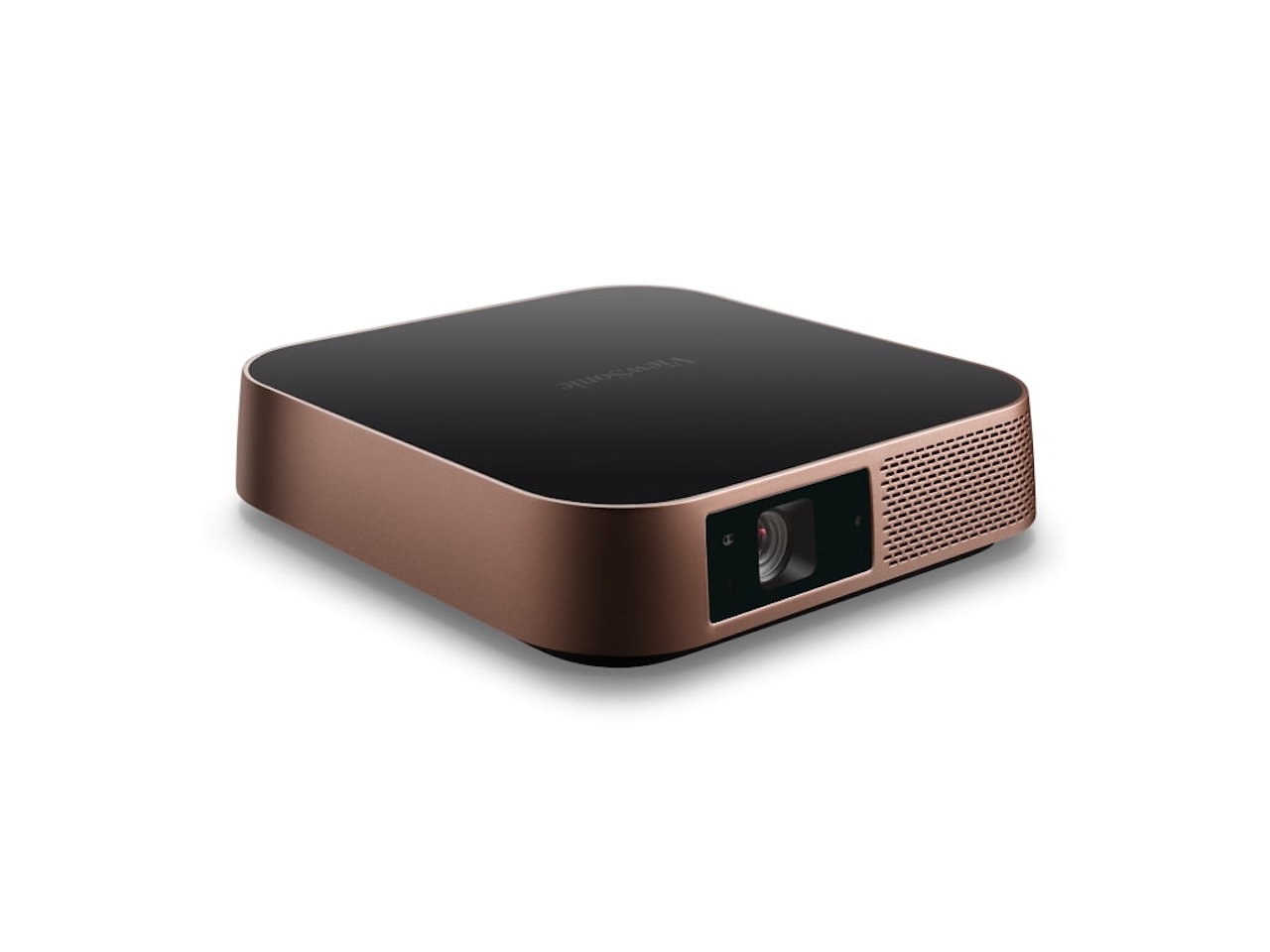

Home Entertainment Systems
What Is A Wi-Fi Projector
Modified: February 26, 2024
Discover the convenience of a Wi-Fi projector for your home entertainment system. Learn how to enhance your viewing experience with wireless connectivity.
(Many of the links in this article redirect to a specific reviewed product. Your purchase of these products through affiliate links helps to generate commission for Storables.com, at no extra cost. Learn more)
Introduction
Welcome to the world of home entertainment, where technology continues to revolutionize the way we experience movies, TV shows, and video games. One of the latest innovations in this realm is the Wi-Fi projector, a versatile device that has quickly gained popularity among consumers seeking a more flexible and convenient way to enjoy multimedia content.
In this article, we will delve into the realm of Wi-Fi projectors, exploring their definition, functionality, benefits, drawbacks, and the process of setting them up. Whether you’re a tech enthusiast looking to upgrade your home theater or a casual user curious about the latest advancements in entertainment technology, this guide will provide you with valuable insights into the world of Wi-Fi projectors.
Key Takeaways:
- Wi-Fi projectors are modern devices that let you watch movies, play games, and share content from your phone or laptop without messy cables. They make home entertainment more convenient and fun!
- Setting up a Wi-Fi projector is easy! Just find a good spot, connect to Wi-Fi, and start enjoying movies and presentations wirelessly. It’s like having a big screen TV anywhere you want!
Read also: 13 Amazing Wi-Fi Projector For 2024
Definition of a Wi-Fi Projector
A Wi-Fi projector, also known as a wireless projector, is a cutting-edge multimedia device that integrates the functionalities of a traditional projector with wireless connectivity capabilities. Unlike conventional projectors that rely on physical cables to transmit data from a source device, such as a laptop or media player, a Wi-Fi projector can establish a wireless connection to these devices, enabling seamless content streaming and screen mirroring.
These projectors are equipped with built-in Wi-Fi modules, allowing them to connect to local wireless networks or directly to compatible devices, such as smartphones, tablets, and laptops, without the need for cumbersome cables. This wireless functionality not only enhances convenience but also facilitates a clutter-free setup, making Wi-Fi projectors an appealing choice for modern home entertainment systems.
Furthermore, Wi-Fi projectors often incorporate additional connectivity features, such as Bluetooth and screen mirroring technologies, to accommodate a wide range of devices and content sources. This versatility enables users to effortlessly display presentations, movies, games, and other multimedia content from various platforms, transforming any space into a dynamic multimedia hub.
As the demand for flexible and user-friendly entertainment solutions continues to grow, Wi-Fi projectors have emerged as a valuable addition to home theaters, classrooms, boardrooms, and other environments where high-quality visual experiences are desired. By harnessing the power of wireless connectivity, these projectors offer a seamless and adaptable approach to projecting content, empowering users to elevate their viewing experiences with unparalleled convenience and versatility.
How Does a Wi-Fi Projector Work?
Wi-Fi projectors operate by leveraging wireless connectivity to establish a communication link between the projector and compatible devices, enabling the seamless transmission of audiovisual content. The fundamental functionality of a Wi-Fi projector involves the following key components and processes:
- Wireless Connectivity: A Wi-Fi projector is equipped with a built-in Wi-Fi module that enables it to connect to local wireless networks or directly to compatible devices, such as smartphones, tablets, and laptops. This wireless capability eliminates the need for physical cables, providing users with greater flexibility and mobility when setting up and using the projector.
- Content Streaming: Once connected to a wireless network or a compatible device, the Wi-Fi projector can receive and display multimedia content, including videos, images, presentations, and more. Users can stream content from various sources, such as streaming platforms, media servers, and personal devices, enhancing the versatility and accessibility of the projector.
- Screen Mirroring: Many Wi-Fi projectors support screen mirroring technologies, allowing users to replicate the display of their smartphones, tablets, or laptops onto the projector screen. This feature enables seamless sharing of content and presentations, making it an invaluable tool for collaborative environments and interactive presentations.
- Compatibility and Integration: Wi-Fi projectors are designed to be compatible with a wide range of devices and operating systems, ensuring seamless integration with popular platforms and content sources. Whether it’s iOS, Android, Windows, or macOS, users can effortlessly connect their devices to the projector and enjoy a rich multimedia experience.
By harnessing the power of wireless connectivity, Wi-Fi projectors offer a user-friendly and versatile solution for projecting multimedia content, whether it’s for entertainment, education, business, or personal use. This wireless functionality not only simplifies the setup process but also enhances the overall viewing experience, empowering users to enjoy immersive visuals without the limitations of traditional wired connections.
Benefits of Using a Wi-Fi Projector
Wi-Fi projectors offer a myriad of advantages that cater to the evolving needs of modern consumers, making them an appealing choice for home entertainment and professional applications. Here are some key benefits of using a Wi-Fi projector:
- Wireless Convenience: The wireless connectivity of Wi-Fi projectors eliminates the need for physical cables, providing a clutter-free and flexible setup. Users can easily connect their devices to the projector without being tethered to a specific location, enhancing convenience and mobility.
- Seamless Content Sharing: With support for wireless content streaming and screen mirroring, Wi-Fi projectors facilitate seamless sharing of multimedia content from various devices. Whether it’s streaming videos, presenting slideshows, or mirroring smartphone screens, users can effortlessly share and display content without the constraints of wired connections.
- Multiplatform Compatibility: Wi-Fi projectors are designed to be compatible with a wide range of devices and operating systems, allowing users to connect smartphones, tablets, laptops, and other devices regardless of their platform. This versatility ensures that users can easily integrate their preferred devices with the projector, enhancing accessibility and flexibility.
- Enhanced Mobility: The wireless nature of Wi-Fi projectors enables users to move freely within the projection area, making them ideal for dynamic environments such as classrooms, meeting rooms, and home theaters. Users can interact with the projected content without being limited by cable lengths or connectivity restrictions.
- Collaborative Capabilities: Wi-Fi projectors support collaborative features, enabling multiple users to connect and share content simultaneously. This makes them invaluable for group presentations, interactive learning experiences, and collaborative work environments, fostering engagement and interaction among participants.
- Convenient Installation: Setting up a Wi-Fi projector is often simpler and more convenient than traditional projectors, as it eliminates the complexities associated with cable management and connectivity. This streamlined installation process allows users to quickly deploy the projector and focus on enjoying the content.
By harnessing the power of wireless connectivity, Wi-Fi projectors offer a versatile and user-friendly solution for projecting multimedia content, empowering users to enjoy a seamless and immersive viewing experience across various settings and applications.
When setting up a Wi-Fi projector, make sure to connect it to the same Wi-Fi network as your device to enable wireless screen mirroring and streaming.
Drawbacks of Using a Wi-Fi Projector
While Wi-Fi projectors offer numerous benefits, it’s important to consider potential drawbacks that users may encounter when utilizing these wireless multimedia devices. Understanding these limitations can help users make informed decisions and effectively address any challenges associated with Wi-Fi projectors. Here are some common drawbacks of using a Wi-Fi projector:
- Network Reliance: Wi-Fi projectors depend on stable wireless network connections for seamless operation. In environments with poor Wi-Fi coverage or network congestion, users may experience connectivity issues and disruptions in content streaming, impacting the overall viewing experience.
- Latency and Lag: Wireless transmission of audiovisual content can introduce latency and lag, especially when streaming high-definition or interactive multimedia. This delay may affect real-time interactions, gaming experiences, and synchronized audiovisual presentations, requiring users to optimize network settings and device configurations.
- Compatibility Challenges: While Wi-Fi projectors strive to support a wide range of devices and operating systems, compatibility issues may arise with certain devices or software applications. Users may encounter difficulties in establishing stable connections or accessing specific features based on the compatibility of their devices with the projector.
- Security Concerns: Wireless connectivity introduces potential security vulnerabilities, as Wi-Fi projectors are susceptible to unauthorized access and interference. Users must implement robust network security measures to safeguard their wireless connections and prevent unauthorized access to the projector and its content.
- Range Limitations: The effective range of wireless connections may impose limitations on the mobility and positioning of Wi-Fi projectors. Users operating at the edge of the wireless coverage area may experience signal degradation, impacting the quality and stability of the projected content.
- Dependency on Power: Wi-Fi projectors require consistent power sources to maintain wireless connectivity and operational functionality. Users must ensure access to reliable power outlets or consider backup power options to prevent interruptions during extended usage.
While these drawbacks highlight potential challenges associated with Wi-Fi projectors, proactive troubleshooting, network optimization, and adherence to best practices can mitigate many of these issues, allowing users to maximize the benefits of wireless projection technology while addressing its inherent limitations.
Read more: What Is The Wi-Fi Router
How to Set Up a Wi-Fi Projector
Setting up a Wi-Fi projector involves a series of straightforward steps that enable users to establish wireless connectivity and configure the projector for optimal performance. Whether you’re preparing for a movie night at home, a business presentation, or an educational session, the following guidelines will help you set up your Wi-Fi projector with ease:
- Identify a Suitable Location: Choose a location for the projector that provides adequate space, a clear line of sight to the projection surface, and easy access to power outlets. Consider factors such as ambient lighting, screen size, and audience visibility when selecting the placement of the projector.
- Power On the Projector: Connect the Wi-Fi projector to a power source and power it on. Allow the projector to initialize and enter the setup mode, ensuring that the wireless connectivity features are active and ready for configuration.
- Access the Wireless Settings: Navigate the projector’s menu or settings interface to access the wireless connectivity options. This may involve selecting the Wi-Fi network, enabling screen mirroring features, or configuring Bluetooth settings, depending on the specific capabilities of the projector.
- Connect to the Wireless Network: If the Wi-Fi projector requires connection to a wireless network, select the appropriate network from the available options and enter the network password or authentication details as needed. Once connected, the projector can access online content and networked devices for streaming and screen mirroring.
- Pair Devices with the Projector: Enable wireless display or screen mirroring on your smartphone, tablet, or laptop, and search for the Wi-Fi projector in the list of available devices. Pair your device with the projector to establish a wireless connection, allowing you to share and project content from your device to the projector.
- Adjust Display Settings: Fine-tune the projector’s display settings, including aspect ratio, resolution, and image orientation, to optimize the projected visuals for your specific content and viewing environment. This may involve adjusting keystone correction, focus, and other image parameters to achieve the desired projection quality.
- Initiate Content Projection: Once the wireless connection is established and the display settings are configured, begin projecting your desired content, whether it’s a movie, presentation, or interactive application. Enjoy the wireless convenience and immersive visuals offered by your Wi-Fi projector.
By following these steps, users can effectively set up a Wi-Fi projector and harness the benefits of wireless projection technology for a wide range of entertainment, educational, and professional applications.
Conclusion
Wi-Fi projectors represent a significant leap forward in the realm of multimedia projection, offering users a versatile and convenient solution for displaying content wirelessly. With their seamless wireless connectivity, multiplatform compatibility, and collaborative capabilities, Wi-Fi projectors have become indispensable tools for home entertainment, education, business presentations, and interactive applications.
While the benefits of Wi-Fi projectors, such as wireless convenience, seamless content sharing, and enhanced mobility, are compelling, it’s essential to acknowledge the potential drawbacks associated with wireless connectivity, such as network reliance, latency, and compatibility challenges. By understanding these limitations and implementing effective troubleshooting and optimization strategies, users can mitigate these challenges and fully leverage the advantages of Wi-Fi projectors.
Setting up a Wi-Fi projector involves simple yet crucial steps, including identifying an optimal location, configuring wireless settings, connecting to wireless networks, and pairing devices for content projection. By following these guidelines, users can seamlessly integrate Wi-Fi projectors into their home theaters, classrooms, meeting rooms, and other environments, enhancing the visual experience and fostering collaborative interactions.
As technology continues to evolve, Wi-Fi projectors exemplify the convergence of wireless connectivity and multimedia projection, empowering users to break free from the constraints of traditional wired setups and embrace a more flexible and dynamic approach to content projection. Whether it’s streaming movies, delivering presentations, or engaging in interactive learning experiences, Wi-Fi projectors offer a gateway to immersive and engaging visual experiences.
In conclusion, Wi-Fi projectors have redefined the landscape of projection technology, bridging the gap between wireless connectivity and multimedia content delivery. As users embrace the seamless integration and wireless freedom offered by Wi-Fi projectors, these innovative devices are poised to play a pivotal role in shaping the future of home entertainment systems and visual communication.
Frequently Asked Questions about What Is A Wi-Fi Projector
Was this page helpful?
At Storables.com, we guarantee accurate and reliable information. Our content, validated by Expert Board Contributors, is crafted following stringent Editorial Policies. We're committed to providing you with well-researched, expert-backed insights for all your informational needs.
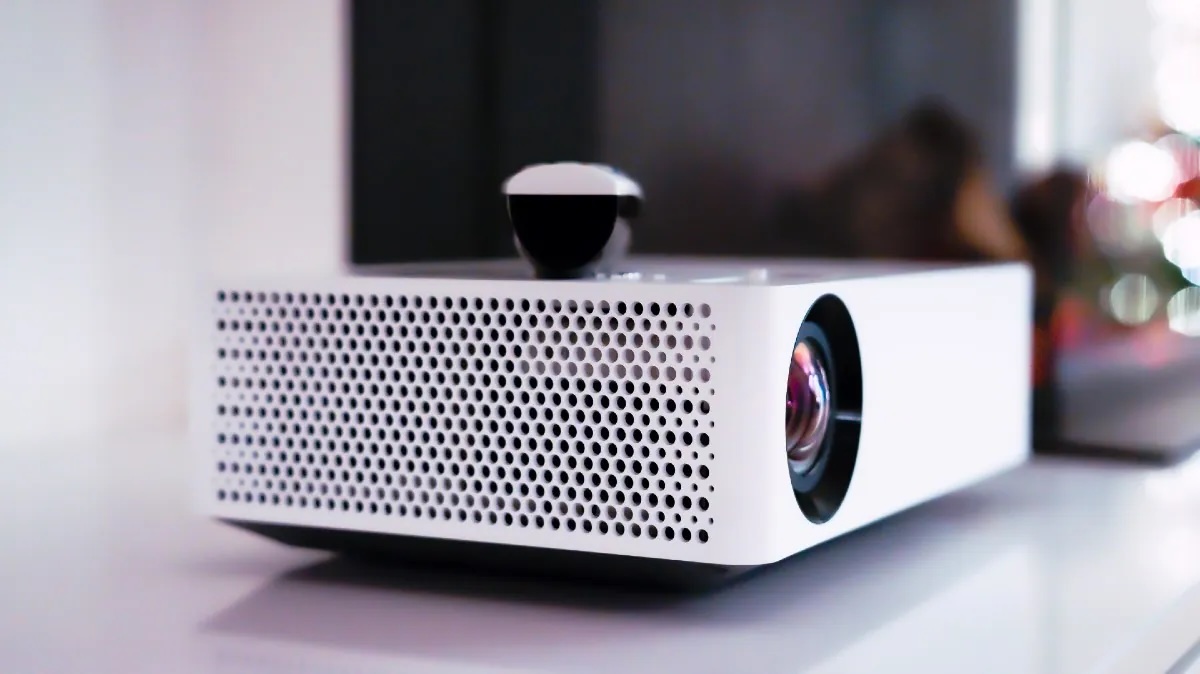
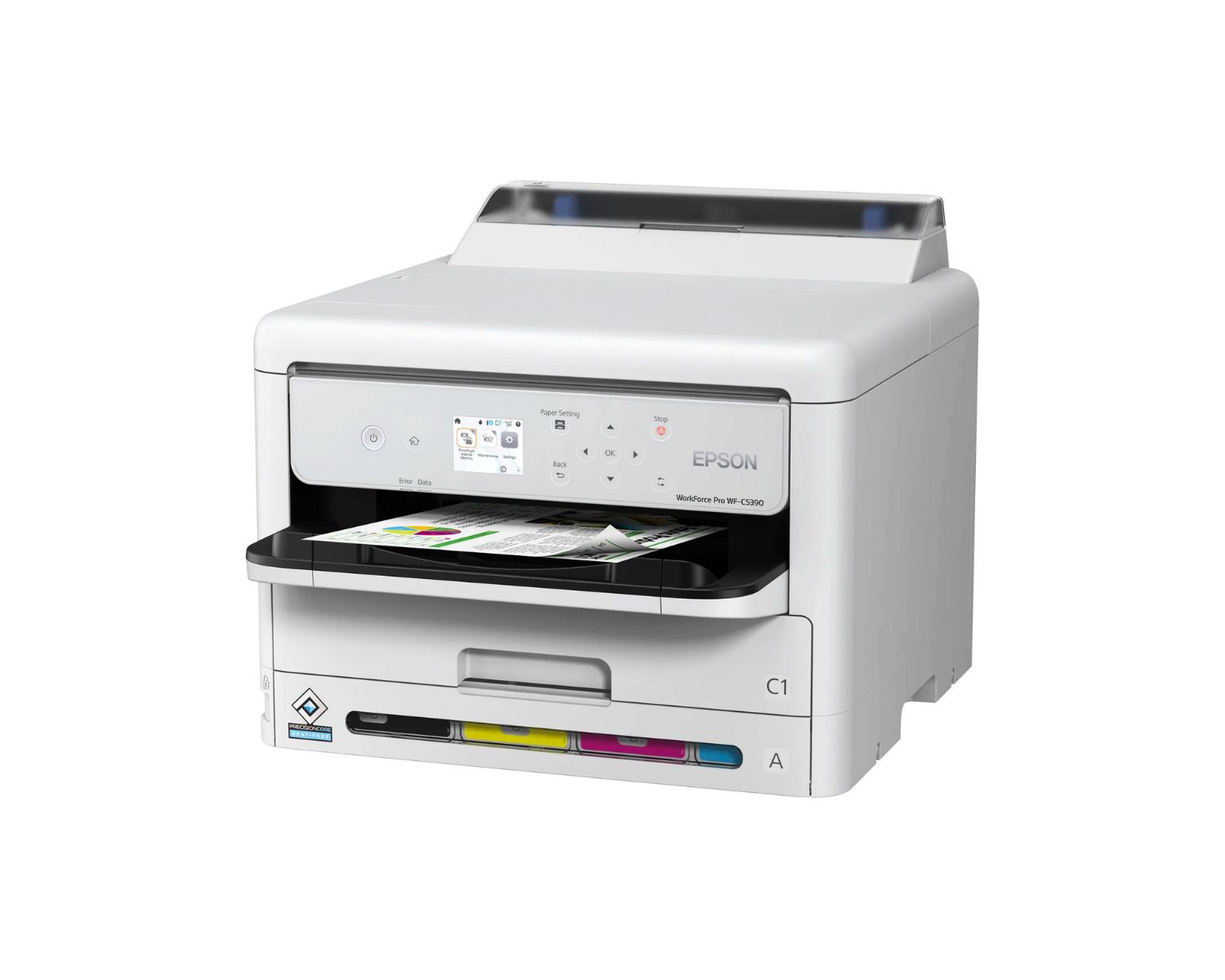
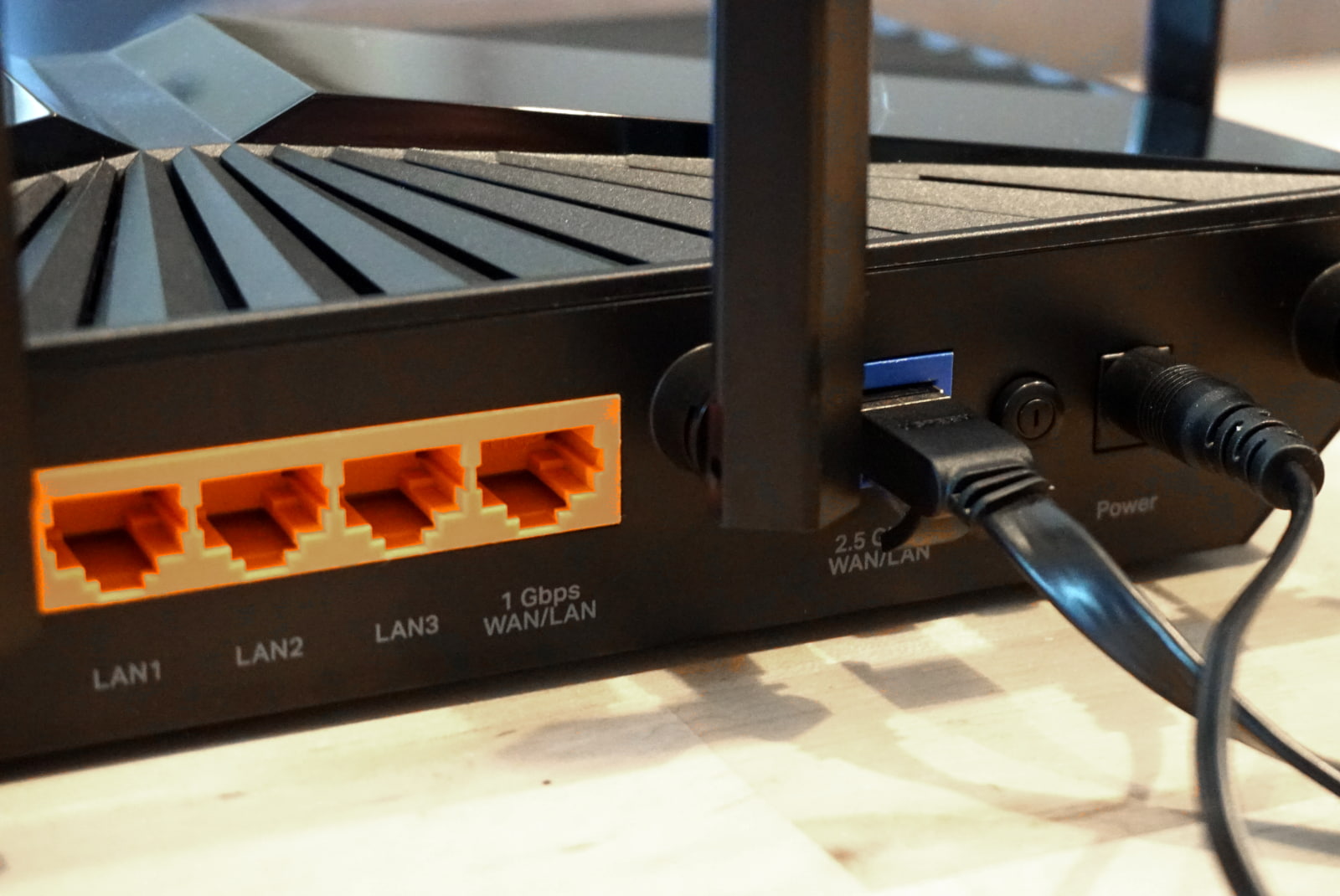
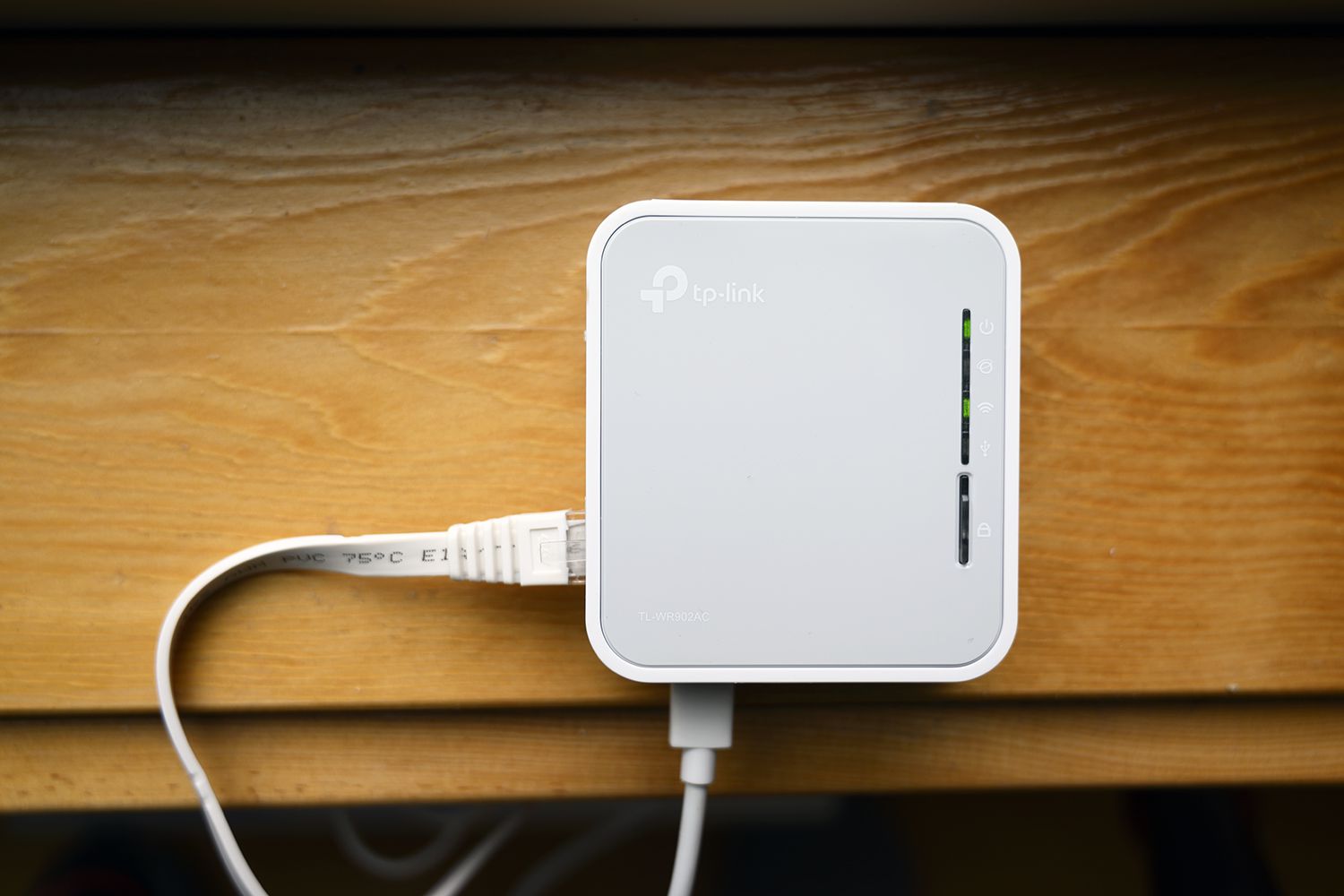
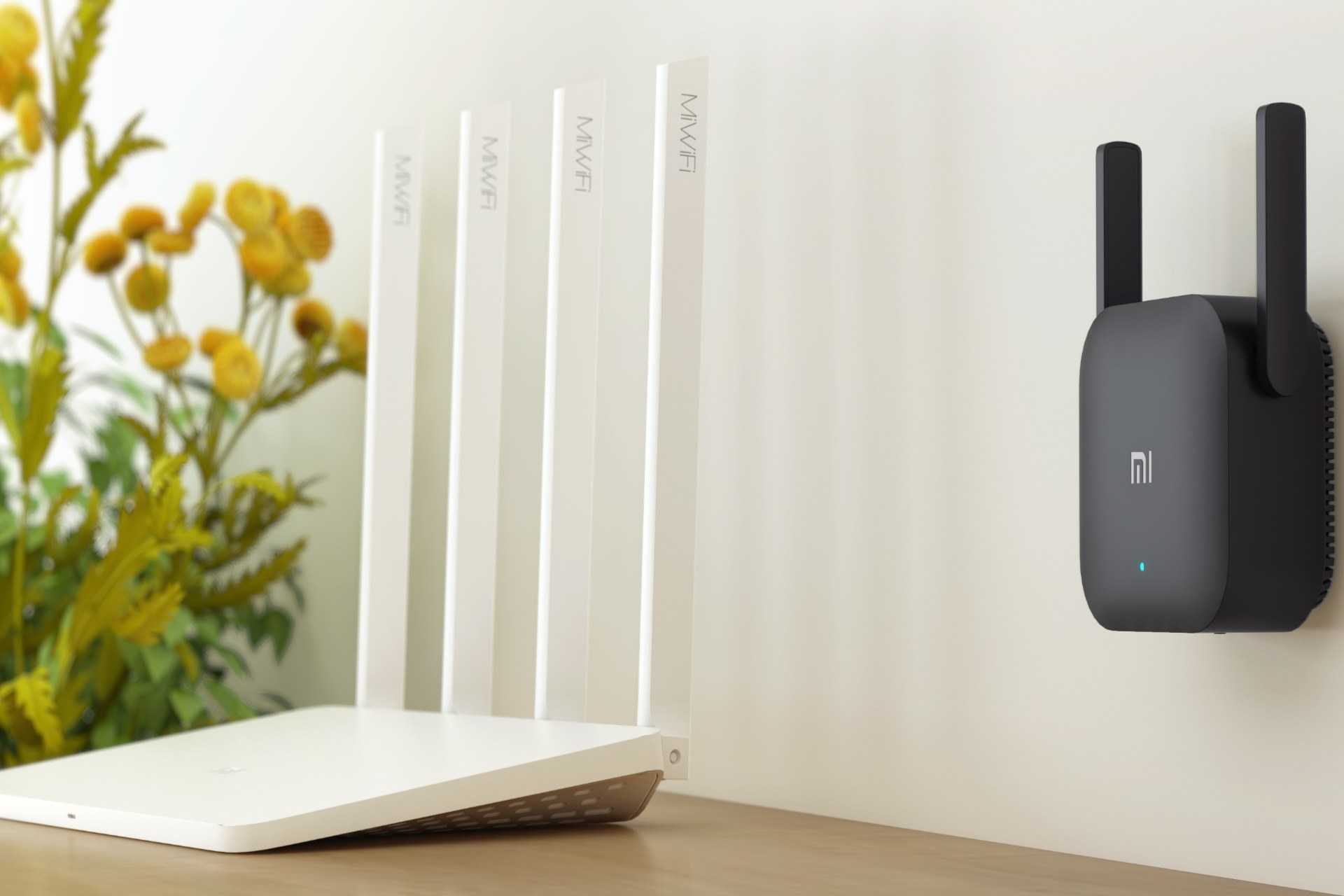
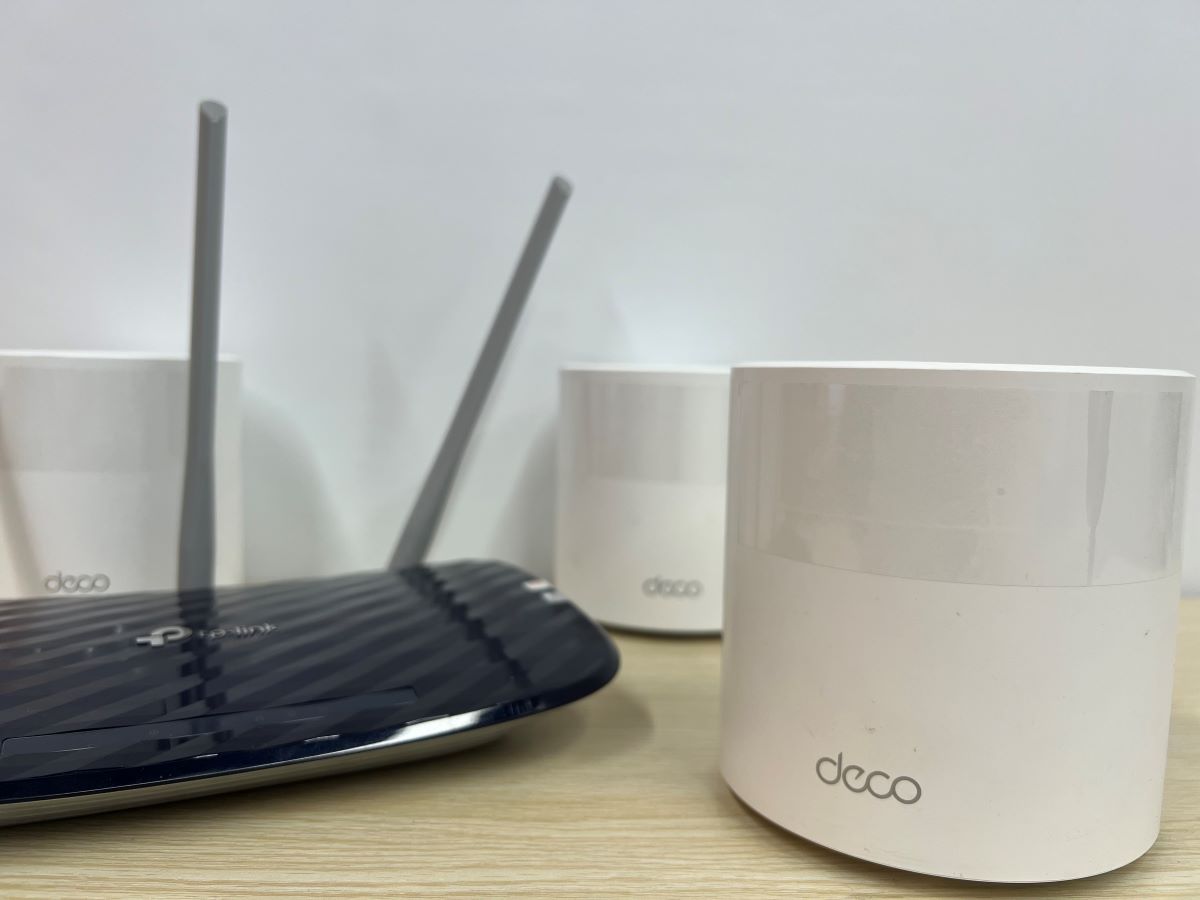
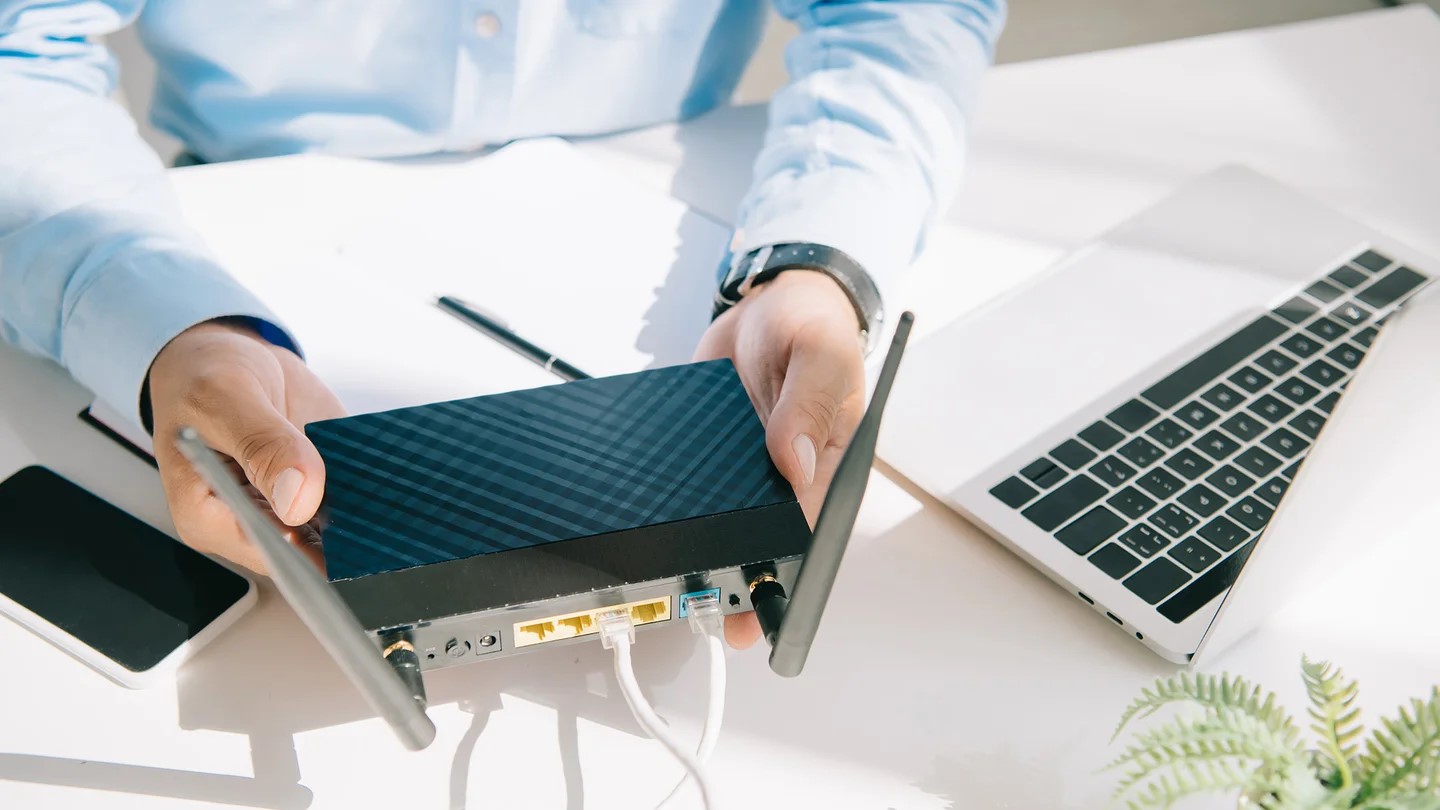
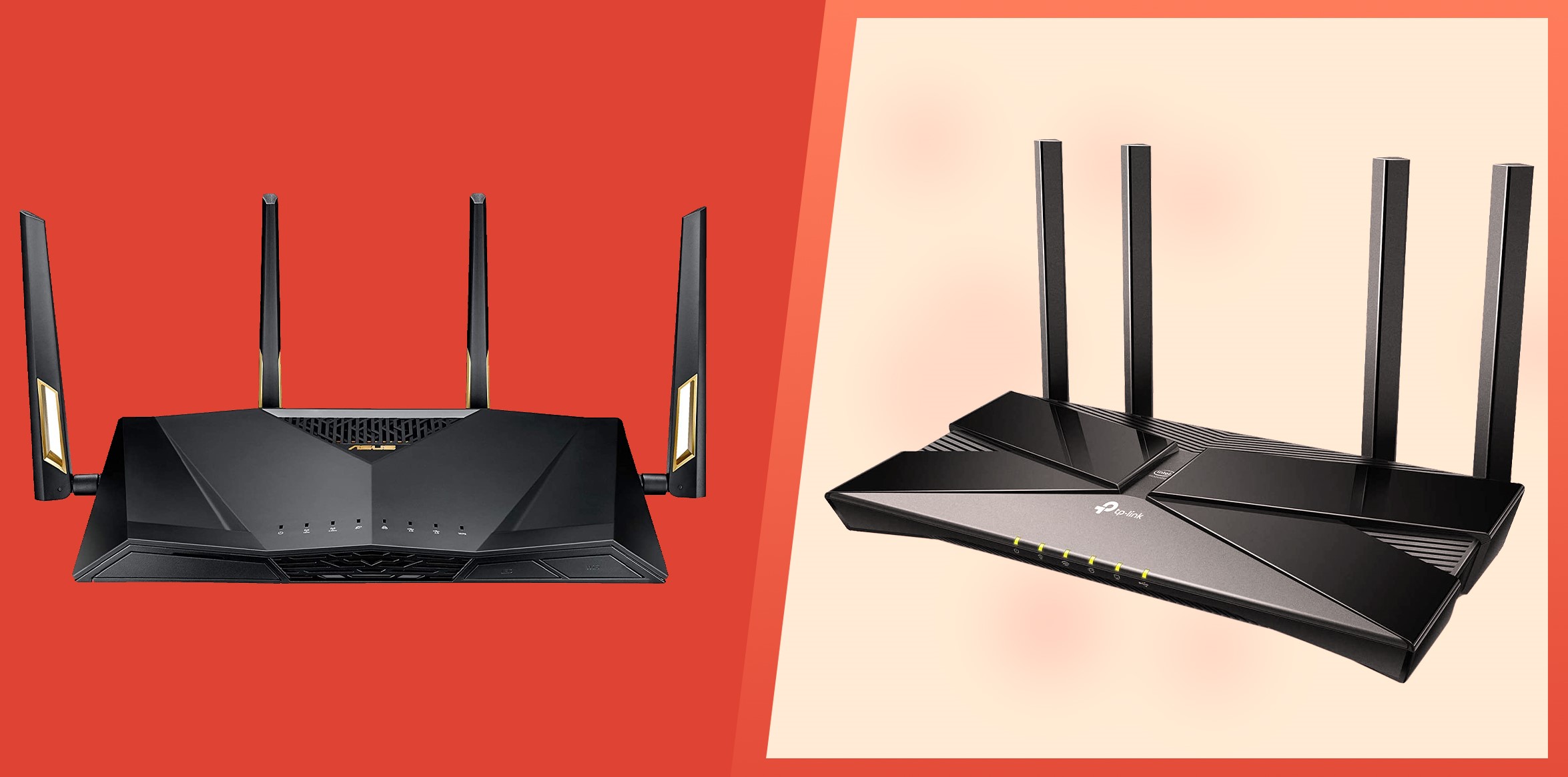
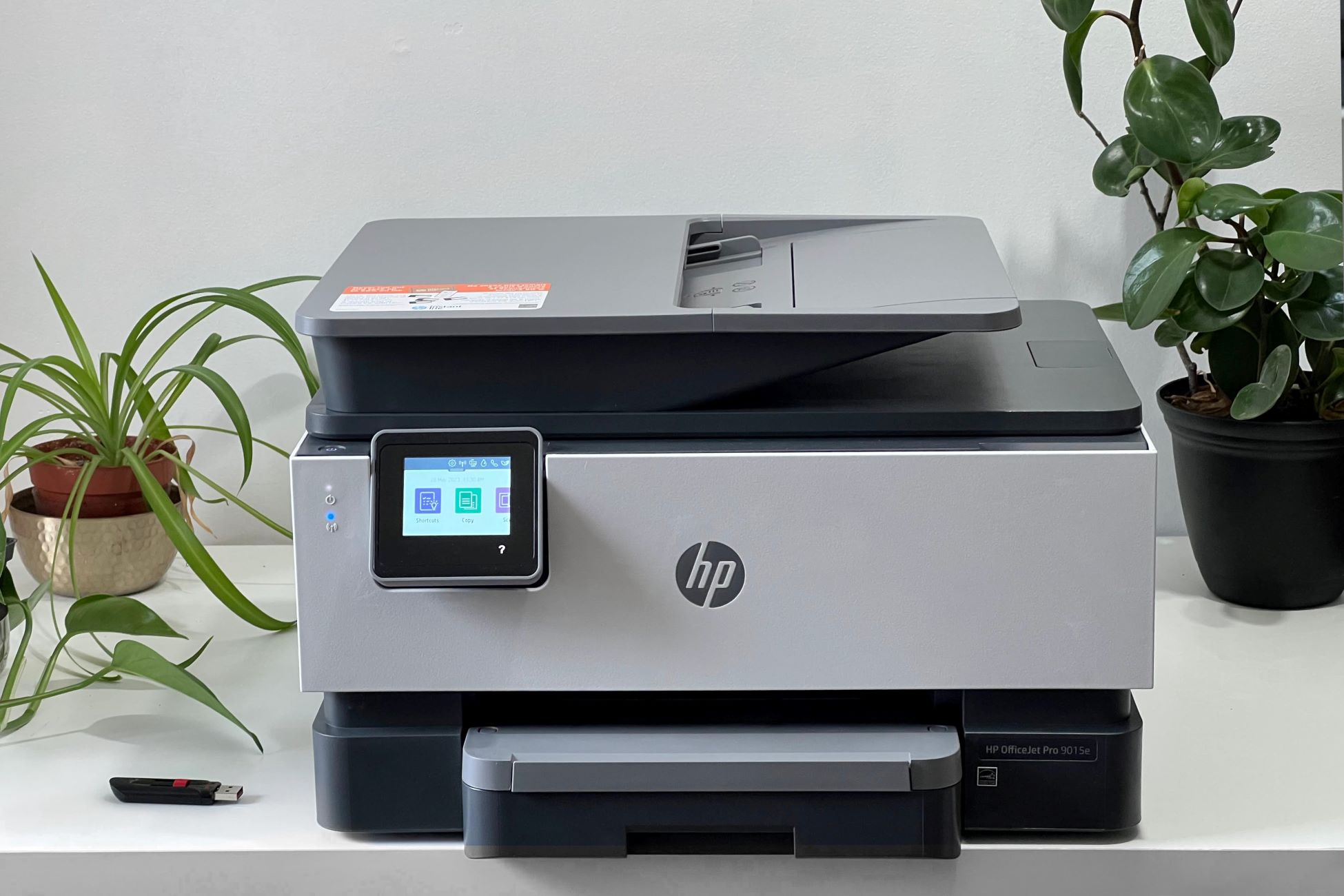
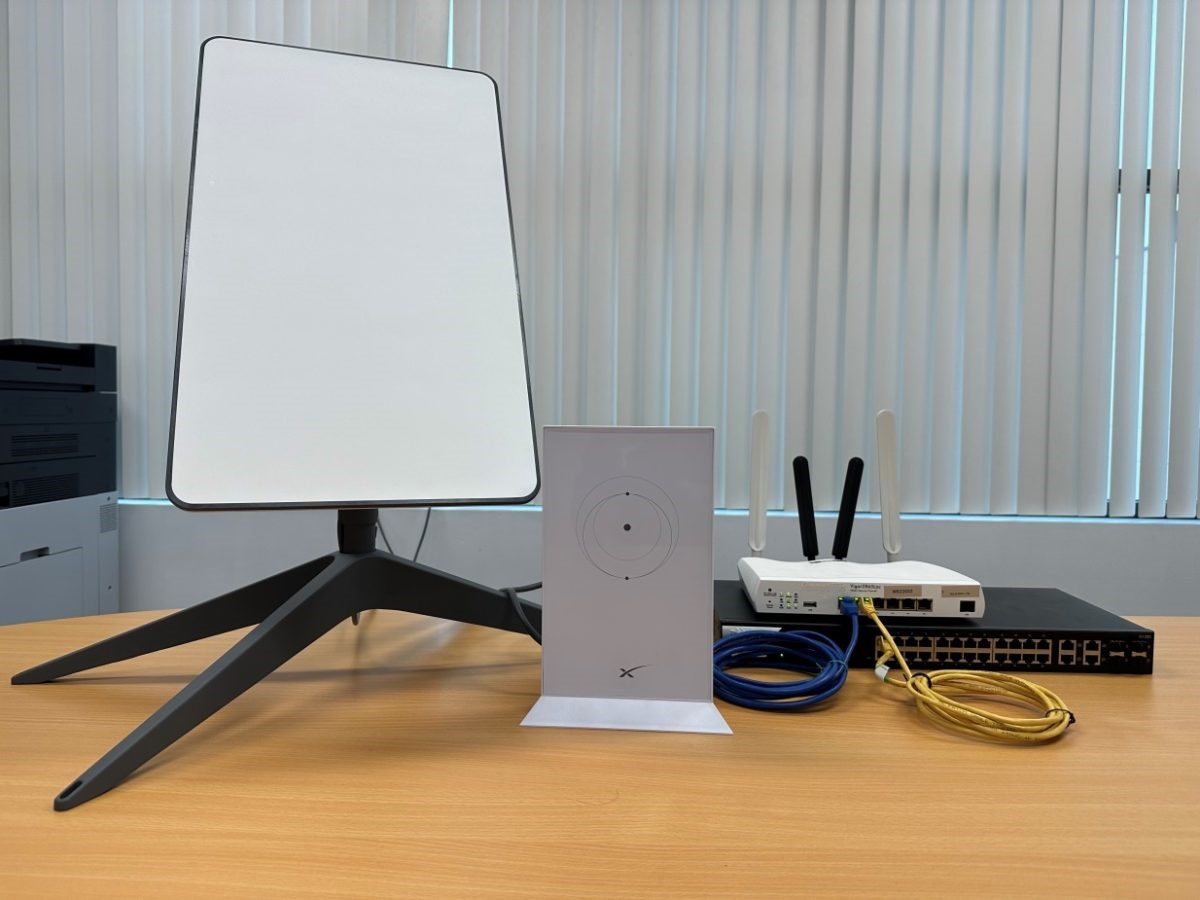
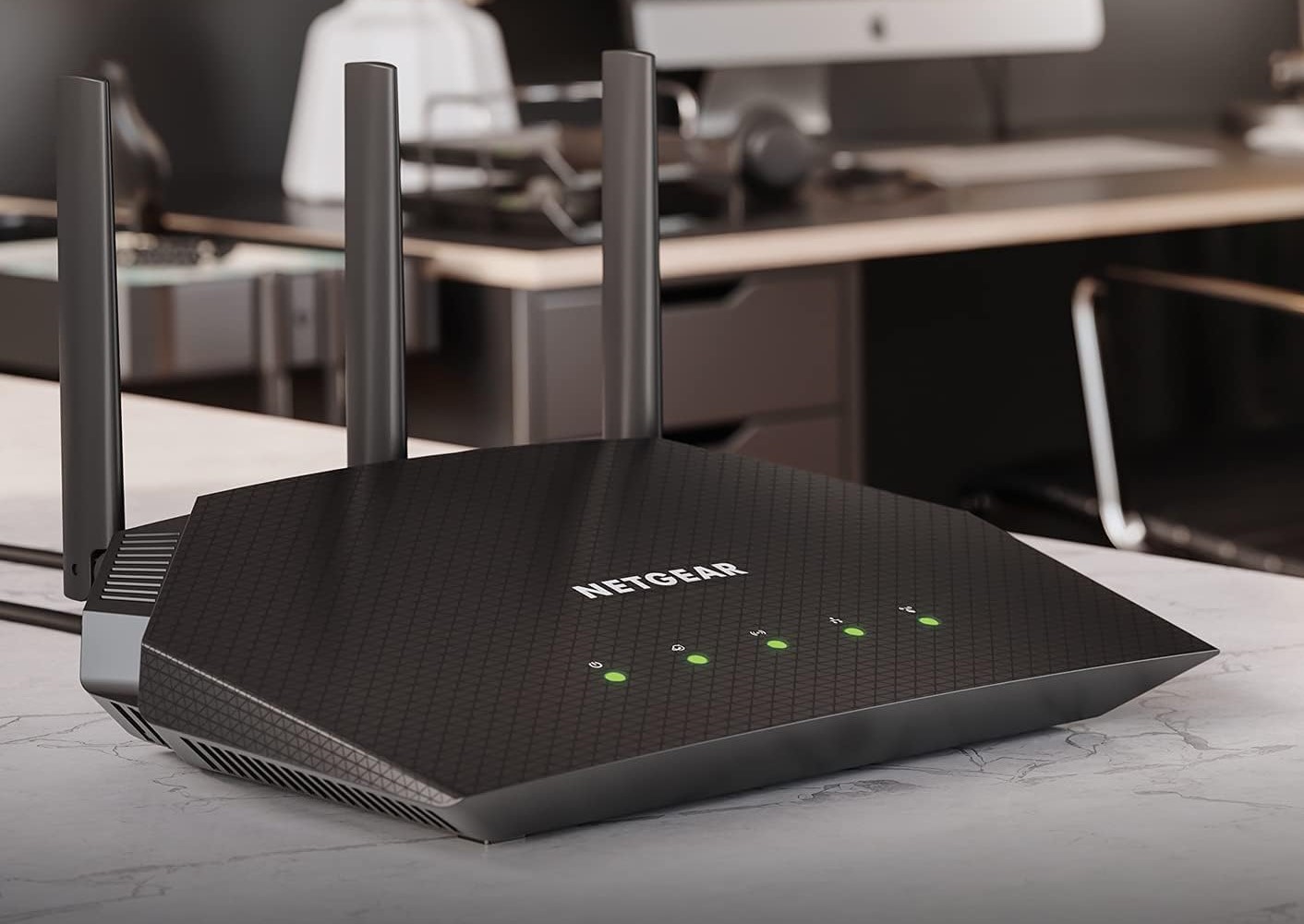
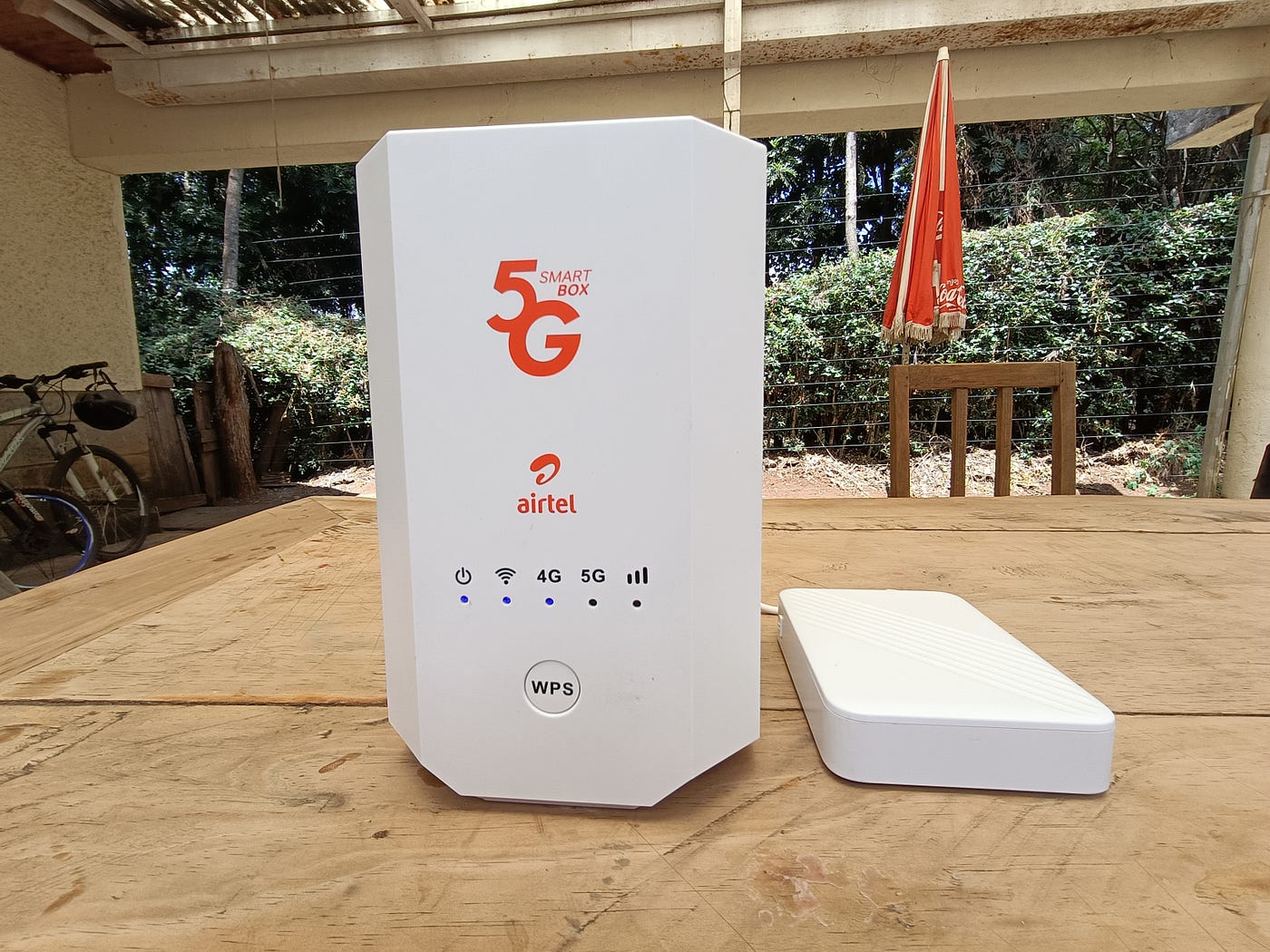
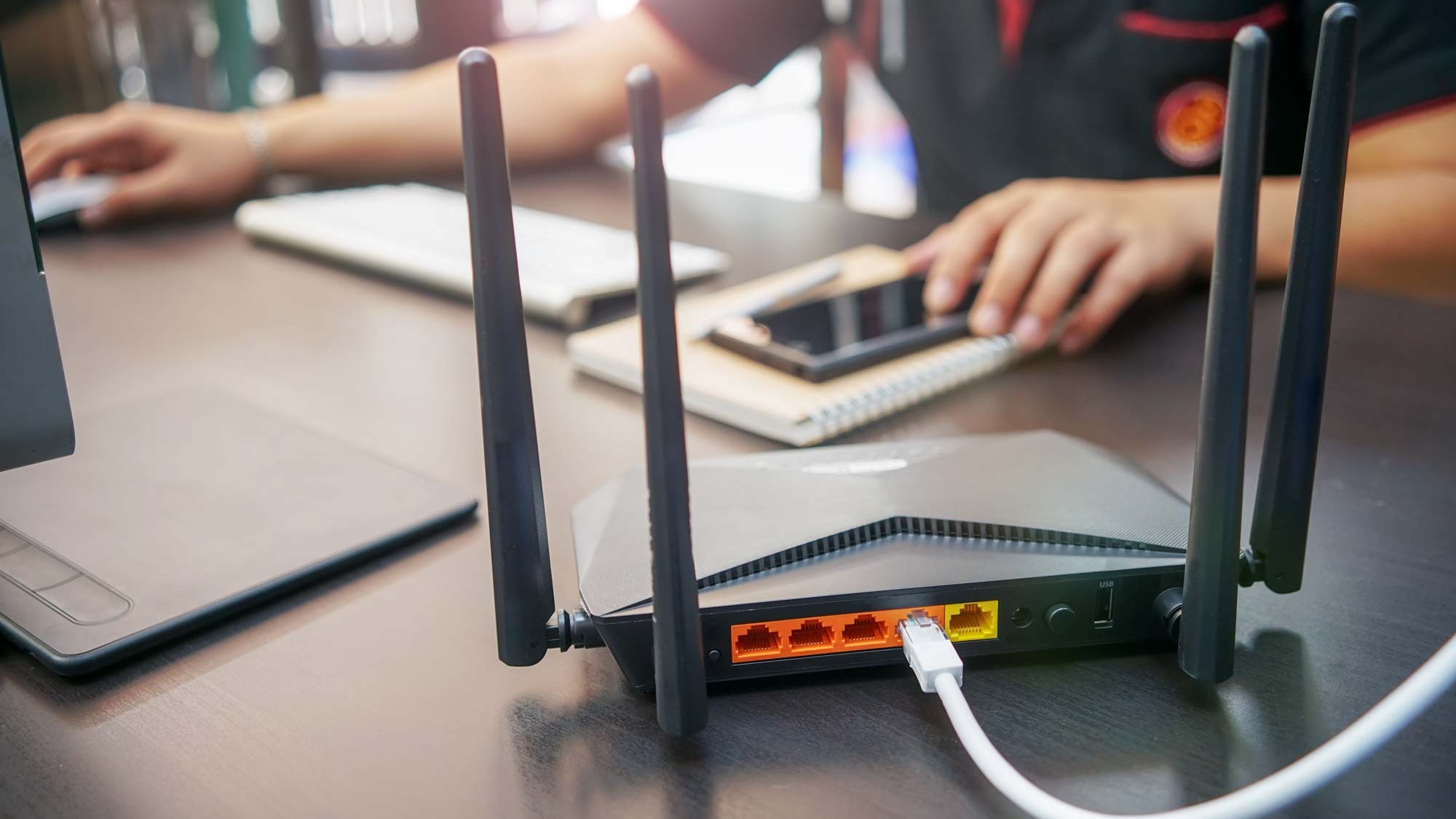
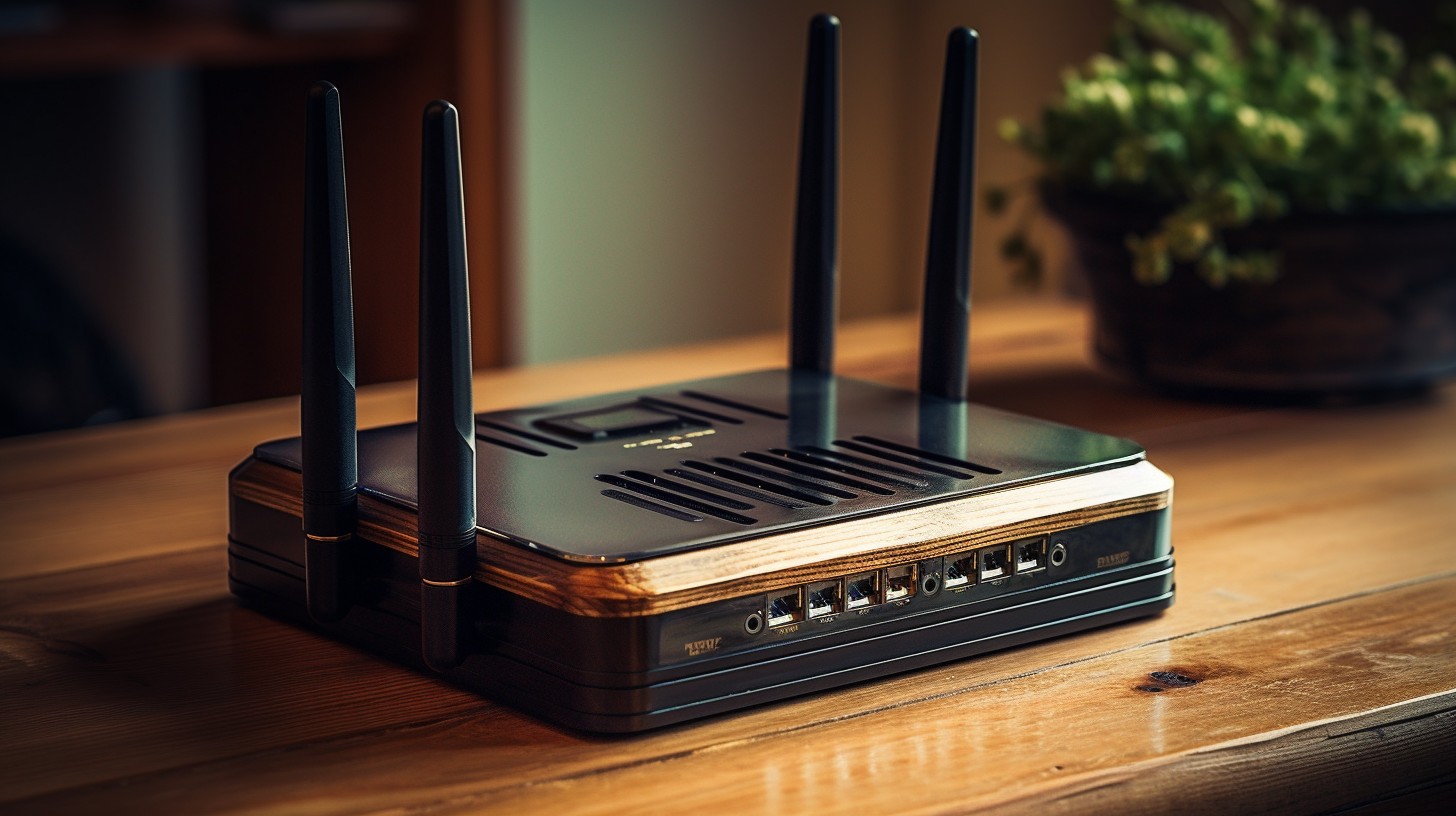

0 thoughts on “What Is A Wi-Fi Projector”